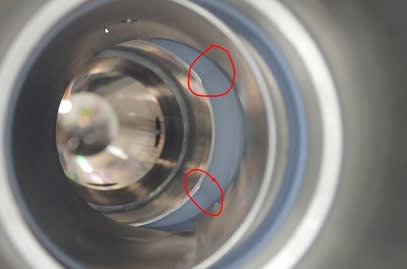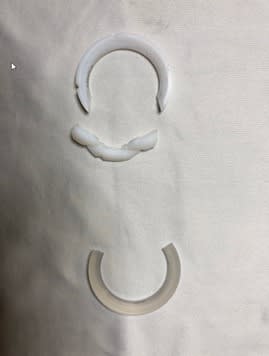Hi,
If I understand correctly, you want this forum to give you hint for your failure analysis report. Yet, no drawing, type of ball valve, photos, is this seat insert or just regular (floating) seat, process condition, operating temperature/pressure and more importantly timeline of the sequences??
Since you already put the blame on the ball... it is hard for me to imagine a round ball (without sharp edges) could slice seat without operator noticing it. They must have felt some resistance. One single hair sized brush wire could jam the ball in my experiences. I assume these sizes also lever operated..
Main keys of failure analysis is to remain objective: so IMO there are three suspect: manufacturing process; process condition and operational mistakes.
Not jumping to a conclusion, just examples based on experiences:
Manufacturing process:
- All parts fabricated from different companies e.g. ball, body and seat came from different companies. With poor dimension control. Once assembled, to overcome external leakage then excessive body to body torque was applied and might extruding the seat. Then seat was 'sliced' by process flow
- Someone might fabricates seat not according to OEM. Similar things as above occurred.
- loose parts might also causes same things.
- Only representation of batch was function and pressure tested. Ones that failed were not function tested.
Process condition:
- Operating temperature was above TFM 'creeping' temperature
- TFM is not compatible with the process condition??
- etc.
Operational mistakes:
- dirt got stuck on ball, thus 'help' slicing seat
- combination of all above, plus using ball valves a throttling instead of On/Off thus flow passing through cavity,
- etc. etc.
Regards,
MR
All valves will last for years, except the ones that were poorly manufactured; are still wrongly operated and or were wrongly selected


